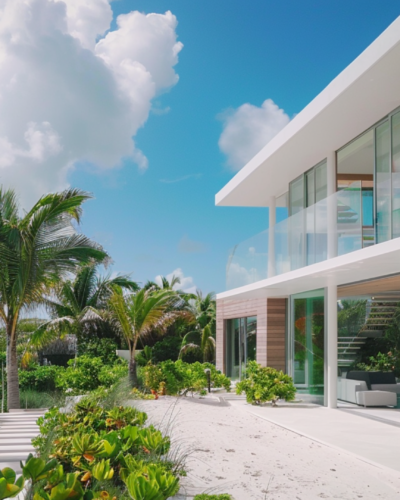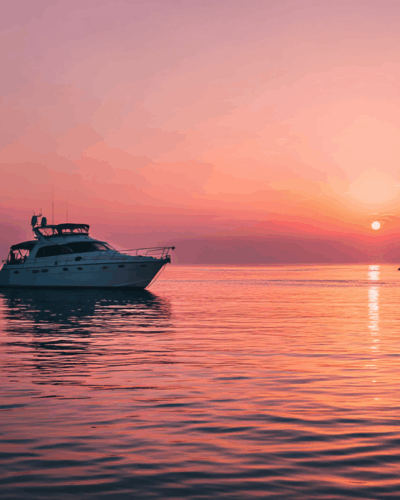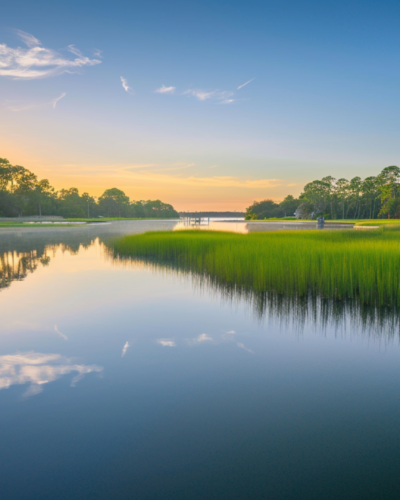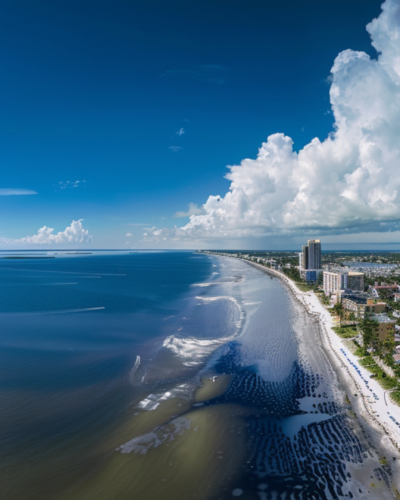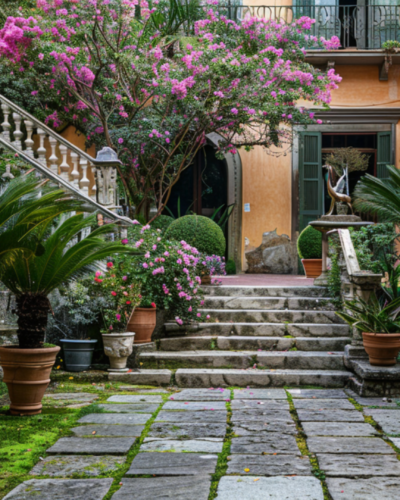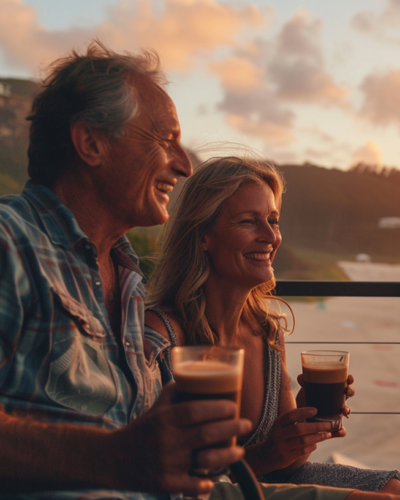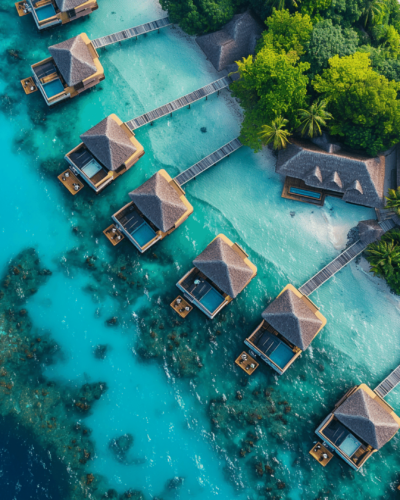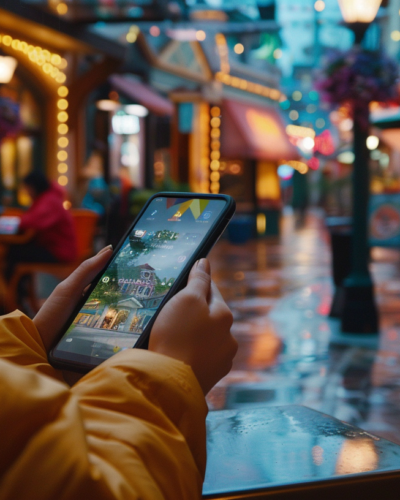Mexico City’s rhythm is palpable, from its bustling streets to the hum of its history. But this also includes its dance with earthquakes. No worries as this guide on earthquake safety in Mexico will help you navigate this dynamic landscape confidently— just in case.
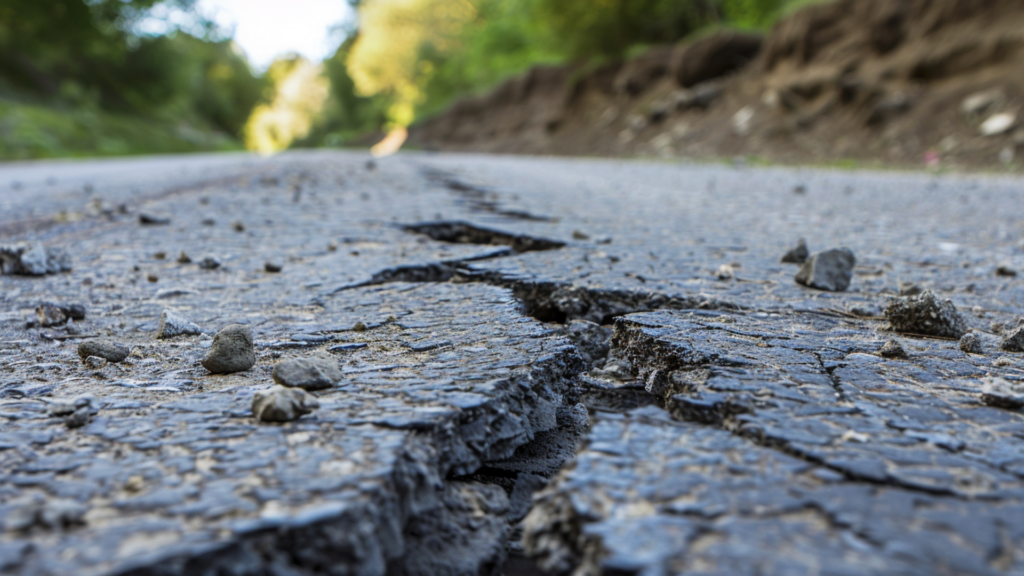
How Mexico City is a metropolis steeped in rich history and culture has always been an open book, but only few might know that it stands atop an area known for its seismic activity. This unique geographical positioning has shaped the city’s past and present, making earthquake safety in Mexico City essential learning for both residents and visitors alike. From the devastating earthquake of 1985 to more recent tremors, the city has learned resilience and the critical importance of preparedness.
Of course, with Casai.com, safety is always of paramount importance. We believe that understanding the do’s and don’ts during such acts of nature can significantly help you cherish your experience in this lively city. That’s why whether you’re visiting for the first time or considering longer-term living in Mexico City, being informed is always the first step toward a safe and enjoyable stay.
In this blog, we’ll explore the geographical history that underpins the city’s earthquake activity, look back at significant seismic events, and arm you with practical tips when you suddenly find yourself in such force majeure. From understanding Mexico City’s earthquake alert system to choosing safe accommodations, this guide on earthquake safety in Mexico has you covered.
How Mexico City’s Unique Geology Is Susceptible to Earthquakes
Mexico City’s susceptibility to earthquakes is not merely a quirk of fate but a consequence of its unique geographical and geological setting. Built on the ancient lakebeds of Lake Texcoco, the city’s foundation consists of soft and highly seismic-sensitive soil. This area, once home to the mighty Aztec capital of Tenochtitlán, is encircled by the Trans-Mexican Volcanic Belt— a region rife with seismic activity due to the movements of the North American and Cocos tectonic plates.
The soft lakebed sediments further amplify seismic waves, a phenomenon that can lead to more significant damage during earthquakes. This amplification effect was devastatingly evident during the 1985 Mexico City earthquake, which, despite its epicenter being hundreds of kilometers away, caused immense destruction in the city. The tragic event led to significant loss of life and property, highlighting the city’s vulnerability to seismic forces.
Fortunately, the city’s preparedness and response to earthquakes have evolved significantly, especially after the devastating 1985 earthquake that reshaped the approach to disaster management and construction. Today, Mexico City is a leader in earthquake preparedness, with stringent building regulations and an advanced early warning system designed to save lives by giving precious seconds to take cover before the shaking starts.
Furthermore, recognizing the geographical challenges and learning from past events, Mexico City has become a global example of earthquake preparedness and resilience. For visitors staying in the city, understanding this context enriches the experience, offering a deeper appreciation of the city’s resilience and the importance of staying informed and prepared without worry.
History of Major Earthquakes in Mexico City: Past to Recent
Mexico City’s history with earthquakes is a testament to its resilience and capacity for renewal. The seismic activity that has shaped the city over centuries underscores the importance of understanding and preparing for these natural events.
Arguably, one of the most pivotal moments in Mexico City’s earthquake history is the one that occurred on September 19, 1985. A massive 8.1 magnitude quake struck off the Pacific coast of Michoacán, sending shockwaves that devastated the capital. With thousands of lives lost and extensive damage to infrastructure, this tragic event marked a turning point for Mexico to review its disaster preparedness framework. It led to the establishment of stricter building codes and the creation of a dedicated earthquake early warning system, among other critical measures aimed at minimizing future casualties and damage.
Fast forward to September 19, 2017, ominously on the same date as the 1985 tragedy, another powerful earthquake, this time of magnitude 7.1, hit central Mexico. The epicenter was closer to the city, in the municipality of Puebla, causing significant destruction in Mexico City and its surrounding areas. Despite the devastation, the improvements in emergency response and building standards since 1985 were evident in the lower casualty rate and the quicker, more organized rescue and recovery efforts.
These major seismic events, along with other lesser tremors in the years between and since, have shaped Mexico City’s approach to living with the ever-present consciousness of earthquakes. They have instilled in the city’s residents a culture of preparedness, from regular drills to the personal adoption of safety measures in homes and workplaces.
Earthquake Safety in Mexico: Tips on What To Do Before, During, and After
Earthquakes usually catch us off guard, but with the right preparation, we can dramatically lessen its dangers. This guide offers essential advice for earthquake safety in Mexico, helping you and your loved ones stay protected during these unforeseen events.
Before an Earthquake:
- Stay in places built to withstand earthquakes. For example, Casai.com offers lodgings that meet high safety standards. Be sure to read reviews or make inquiries before you make a booking.
- Pinpoint areas that have ample distances from windows. Check for sturdy yet safe areas where you can take cover such as under solid furniture. This knowledge can be a lifesaver.
- Assemble a kit with water, food, a flashlight, first aid essentials, a mobile phone with full battery charge, and critical documents you can conveniently carry around anywhere you go. Ensure it’s easily reachable at all times.
During an Earthquake:
- If Inside: Execute the drop, cover, and hold tactic. Take shelter under sturdy furniture and steer clear of glass and objects that might topple.
- If Outside: Head to an open area away from buildings and power lines; stay there until the shaking has stopped.
- If Driving: Pull over to a safe spot, away from overpasses and power lines. Remain in your car until the earthquake ends.
After an Earthquake:
- Look out for hazards like gas leaks. Open windows and leave the premises if you smell gas. Avoid lighting matches or turning on lights to prevent explosions.
- Give first aid where necessary. Use your mobile phone’s built-in utilities only for emergencies to keep communication lines open for rescue services.
- Anticipate aftershocks, which often follow the main quake and can cause additional damage.
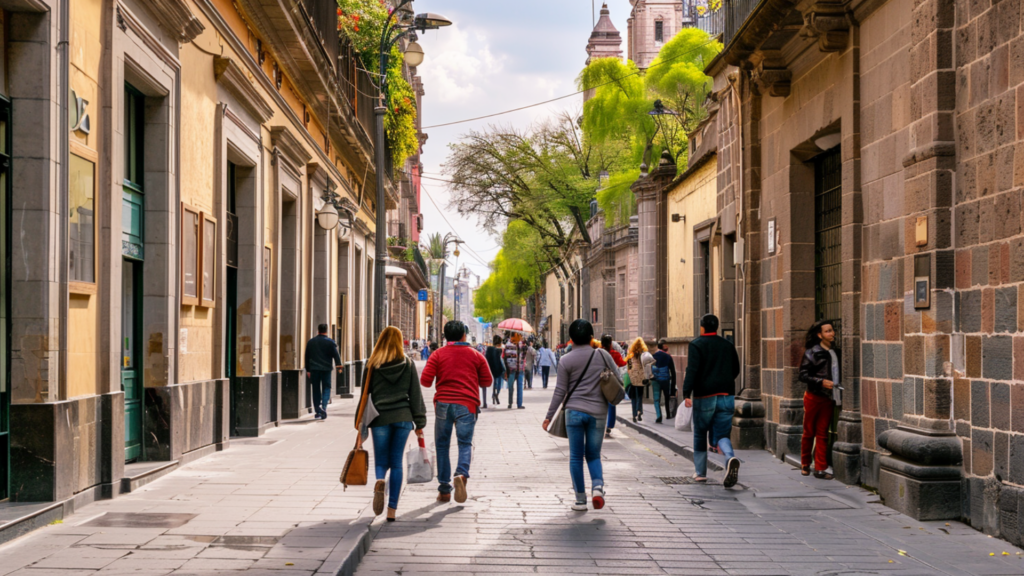
Choosing Earthquake-Proof and Safe Accommodations in Mexico City
When navigating the country, particularly if you’re venturing into the historically earthquake-prone Mexico City, selecting the right accommodation is always a crucial part according to our guide on earthquake safety in Mexico. While the geographical diversity of Mexico offers areas with less seismic activity, such as the serene Yucatan Peninsula’s Merida or the tranquil beaches of Puerto Vallarta, understanding and choosing safer accommodations in regions vulnerable to earthquakes becomes extra important.
For example, accommodations in low-rise buildings, such as bungalows or ground-level apartments, often provide safer alternatives to high-rise structures in the event of an earthquake. These options allow for easier and quicker evacuation, minimizing risk.
Additionally, properties equipped with seismic retrofitting or those constructed using modern, earthquake-resistant techniques offer peace of mind while exploring Mexico’s rich cultural and natural offerings.
Moreover, look for places that provide clear, accessible emergency plans, including information on the nearest evacuation routes and safety assembly points. Properties that offer emergency kits in each room, featuring essentials such as first-aid supplies, flashlights, and bottled water, underscore a commitment to guest safety.
In essence, when planning your stay in Mexico, opt for accommodations that blend cultural immersion with strategic safety features. This doesn’t only enrich your travel experience but also provides a secure foundation, allowing you to explore with confidence and peace of mind.
From the tranquil retreats in lesser-known locales to the resiliently built urban havens in the heart of the city, Mexico offers a range of safe lodging options to suit every traveler’s needs, ensuring your adventure is as safe as it is unforgettable.
Safe and Happy Travels Await You at Casai.com
There’s no doubt that Mexico brings the promise of unforgettable experiences, from exploring ancient ruins to lounging on pristine beaches. Earthquake safety in Mexico, however, is key to ensuring your journey is as joyful as it is memorable. And we at Casai.com are dedicated to blending the excitement of travel with the assurance of safety, offering carefully selected accommodations that prioritize your well-being.
Whether you’re navigating the heart of Mexico City or seeking tranquility along the Yucatan Peninsula, Casai.com curates properties designed for both comfort and safety. With a focus on strategic locations and emergency preparedness, you can count on us that your stay is secure, allowing you to explore Mexico’s wonders with confidence.
Start planning your trip with us today, and discover Mexico’s beauty, supported by the peace of mind that comes with choosing Casai.com for safe and stylish accommodations.
Your safe and happy travels begin here— adventure awaits!

